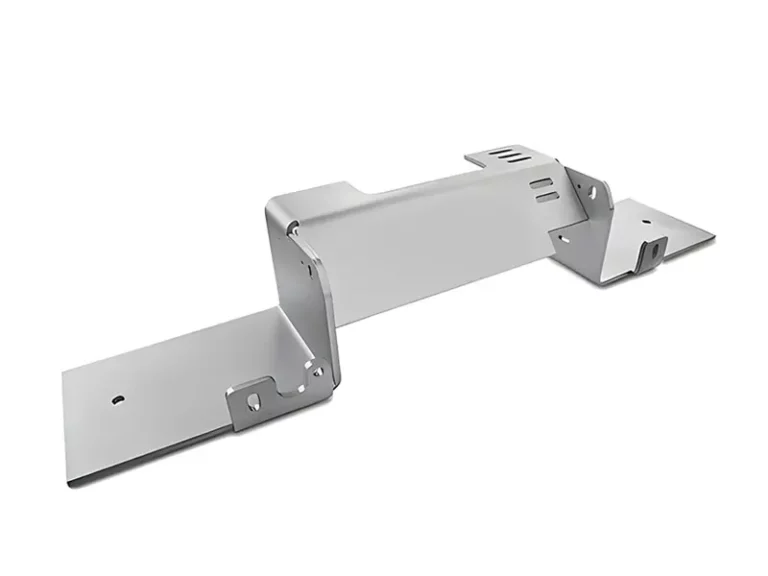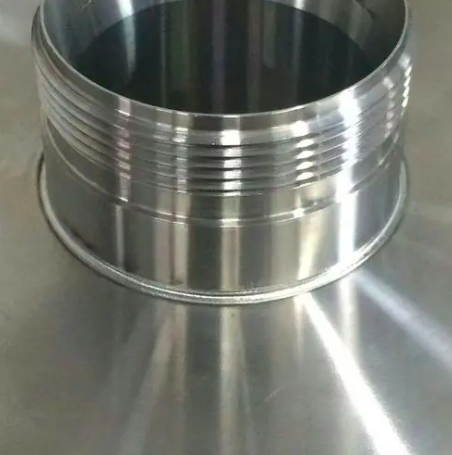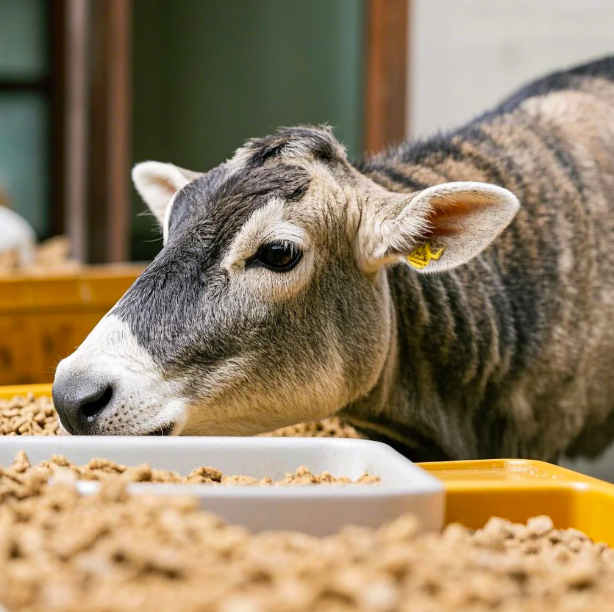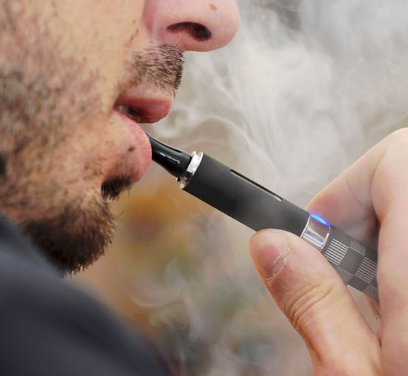The uniformity of dispersion of anti-static additive refers to the consistency and uniformity of the distribution of anti-static agents in the entire material system in the material to which the anti-static additive is added.
Good uniformity of dispersion means that the anti-static additive can exist in a relatively uniform concentration and small particle size inside the material, without obvious accumulation, or in areas where the local concentration is too high or too low.
This ensures that all parts of the material can obtain relatively consistent anti-static properties, avoiding poor anti-static effects in some areas due to uneven distribution of anti-static additives, thereby affecting the overall anti-static effect and stability of material properties.

The following are some methods to improve the uniformity of dispersion :
1. Optimize the blending process: select appropriate mixing equipment, process parameters, and processing temperature, such as increasing the stirring speed, extending the mixing time, and using multi-stage mixing.
2. Pre-treat the anti-static agent: pre-treat the anti-static additive, such as micronization, surface modification, etc., to increase its compatibility and dispersibility with the base material.
3. Step-by-step addition: adding the additive to the base material step by step multiple times helps to disperse it more evenly. Excessive addition may have an adverse effect on the physical and mechanical properties of the material, while insufficient addition will not achieve the expected antistatic effect.
4. Use compatibilizer: Add appropriate compatibilizer to improve the interfacial compatibility between the antistatic agent and the matrix material and promote uniform dispersion. Adding inappropriate additives may chemically react or interact with the anti-static additive, affecting its antistatic properties or causing material performance degradation.
5. Increase processing temperature: Increasing the processing temperature within an appropriate range will help the flow and dispersion of the additive, but be aware that excessive temperature may cause material degradation. This may cause the anti-static additive to absorb moisture, affecting its dispersion and performance in the material.
6. Optimize material formulation: Adjust the formulation of the matrix material, such as adjusting the molecular weight, crystallinity, etc., to improve the interaction and dispersibility with the additive.
7. Premixing: Before formal processing, premix the anti-static additive with a small amount of matrix material to form a premix, and then add it to the main material for processing. Avoid long-term storage in a high-humidity environment, which may cause the additive to absorb moisture and affect its dispersion and performance in the material.
These methods can improve the dispersion uniformity of the internally added anti-static additive in the matrix material to a certain extent, thereby improving the anti-static performance of the product.
At the same time, we need to be cautious about the post-processing of the end product. Certain post-processing processes, such as high-temperature annealing, strong acid, and strong alkali treatment, may affect the performance of the anti-static agent.
We have been supplying our clients with excellent quality anti-static additives. INCHR is recognized as the leader in this field. We are the one-stop solution provider where you can find a wide range of static dissipation plastics and static dissipation products. Contact our technicians for more details.
0









